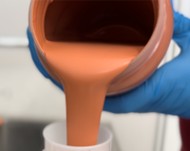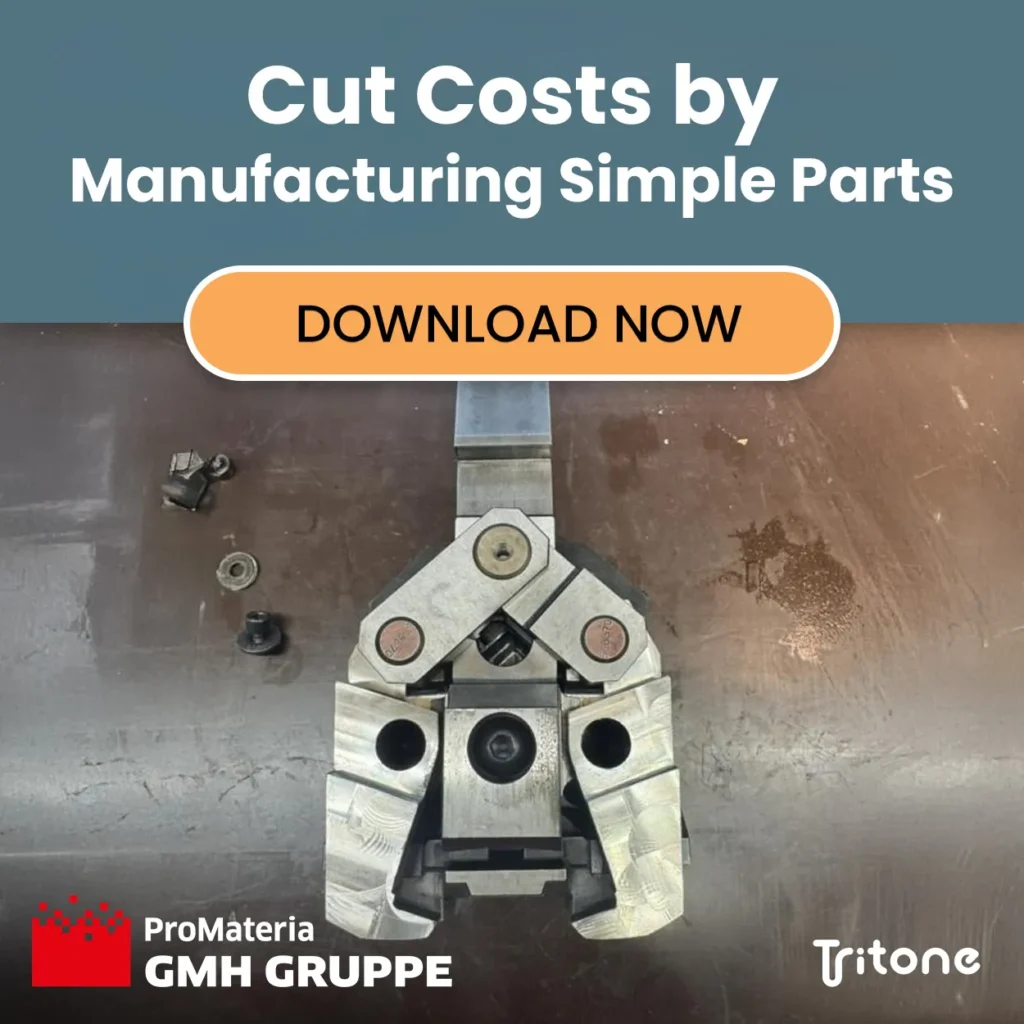Sinter-based approaches widen the appeal of Metal Additive Manufacturing by dramatically improving process economics. In recent years this sector, driven primarily by the metal binder jet process has received significant investment and market attention. Several large industrial players have committed significant resources to develop and industrialize the process.
These efforts are all in the pursuit of lower production costs. This is achieved by using the forming process to manufacture “Green Parts”. Green parts are metal powder that is “glued” together with special binders into the desired shape. Hundreds or thousands of green parts can then be sintered simultaneously in a furnace to generate solid metal parts. Cost advantages of 10X and more when compared to laser-based processes have been demonstrated.
The binder jet process is still improving, however there are fundamental physics challenges that are very difficult to fully solve through incremental advances. A brief overview of the binder jet process and key challenges is presented below.
When reviewing these challenges, it seems clear that an entirely new method to achieve the promise of sinter-based metal AM should be considered. That is the path chosen by many companies and also the Tritone team as the MoldJet process evolved.
Binder Jet Overview and Challenges
In the metal binder jetting process, a layer of metal powder is spread over a build platform, and a liquid binder is jetted onto the powder in a pattern that represents the cross-section of the part being printed. The binder selectively glues the powder particles together, forming a layer. The build platform is then lowered, and the process is repeated for the next layer until the 3D part is complete.
After printing, the glued “green” parts are cured and then recovered from the powder bed for further processing. The green parts are then sintered in a furnace to fuse the metal particles together to form a solid metal part.
While this process has the desired benefits of productivity and economics, there remain several key challenges to overcome on the route to mass adoption. Some of these challenges include:

- Powder management: Metal binder jet 3D printing requires a significant amount of loose metal powder, which must be carefully handled, stored, and recycled. There are significant safety concerns with maintaining large amounts of ultra-fine metal powder in manufacturing facilities. Additionally, if powder is not properly managed, it can lead to contamination which affects final part quality. With hundreds or even thousands of pounds of powder across multiple pieces of equipment, changeover of materials can be a daunting task.
- Part consistency and tolerances: A core premise of the binder jet process is that micron-scale loose powder can be spread and packed with nearly perfect consistency across a large area. Then a binder is jetted onto the powder and must infiltrate and selectively wet the powder bed – again with near perfect consistency.
In practice, these tasks are quite difficult to achieve. Powder spreading can be affected by factors such as powder quality, humidity, binder deposition and saturation rates and other factors. Maintaining “perfect” process conditions in all areas of a large build box – day after day – is a daunting task. The result of process variations are inconsistencies and density gradients in the green parts which leads to inconsistent shrink rates in sintering – and inconsistent tolerances. - Labor intense post processing: After printing, parts must be carefully excavated and “de-powdered” from the mass of metal powder. This labor intense step works against the economics of the print process. Many part geometries with (especially internal passages) are simply too difficult to de-powder effectively. Additionally, green parts are fragile at this stage and can result in yield losses.
While metal binder jet 3D printing has great potential, these challenges will remain in many applications.
A Slurry Based Solution: MoldJet

The MoldJet process was developed specifically to overcome the fundamental challenges of existing processes. Specifically:
Labor intense post processing – SOLVED: MoldJet post processing is a hands-free sequence that prepares the parts for sintering. Because parts a produced in a dissolvable mold material, there is no loose powder to remove from the parts. The mold material is simple removed in a hands-free process. MoldJet green parts are also quite tough and durable which allows for handling, automation, and even finishing operations in the green state.
Powder management- SOLVED: MoldJet’s slurry-based feedstock eliminates the need to deal with loose powder in your manufacturing plant. It is a cleaner, safer process where all the material is used directly to make parts. There is no need to have entire build boxes full of powder to make a handful of parts.
The liquid feedstock also enables a very straightforward material changeover process.
Part consistency and tolerances – SOLVED: With MoldJet’s slurry feedstock system, powder and binders are mixed continuously prior to deposition. This process ensures homogenous, dense, consistent green parts in all regions of the build box, run after run.
KEY ADVANTAGES OF A SLURRY BASED FEEDSTOCK
- A healthier, safer, cleaner factory work environment for employees and machines.
- Metal particles in a slurry maintain consistent binder interaction and homogeneous distribution.
- Tight packing density of particles as green parts are formed allowing very low shrink rates (under 14%).
- Low maintenance overhead and very easy changeover of materials.
- Flexible production scheduling and efficient development of new materials.
